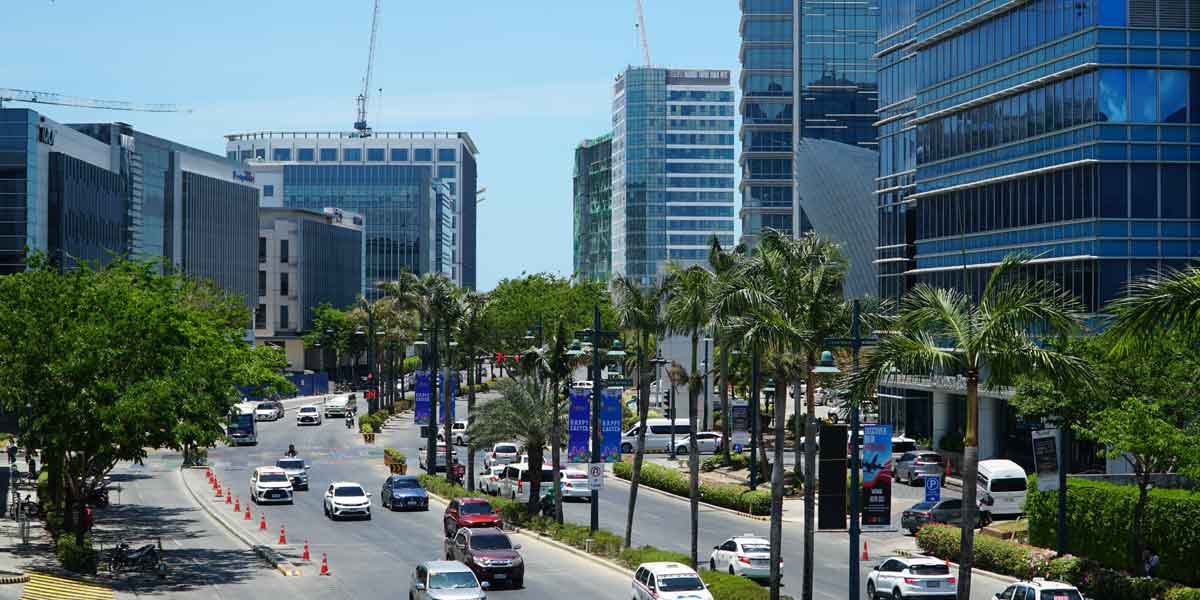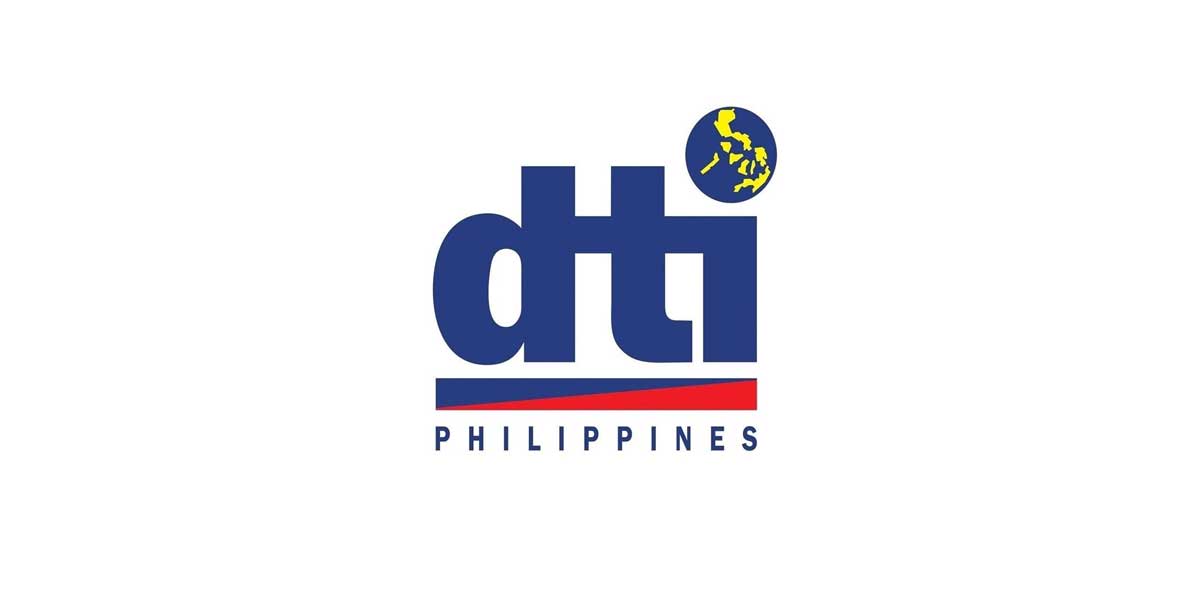Domestic liquidity in the Philippines continued to expand in February 2025, growing by 6.3 percent year-on-year to ₱18.0 trillion, according to preliminary data released by the Bangko Sentral ng Pilipinas (BSP).
The February figure marked a slight deceleration from the 6.8 percent growth recorded in January, while month-on-month seasonally adjusted domestic liquidity, or M3, declined marginally by 0.3 percent.
The BSP attributed the increase in M3 primarily to stronger domestic claims, which rose by 10.1 percent in February, compared with 10.9 percent in January.
Growth in claims on the private sector continued to drive overall domestic liquidity, expanding by 12.3 percent, albeit slightly lower than the 13.1 percent increase posted in the previous month.
According to the BSP, the expansion reflects robust bank lending to non-financial private corporations and households.
Meanwhile, net claims on the central government rose by 5.9 percent in February, down from 7.4 percent in January, due to lower deposits of the National Government with the BSP compared to a year earlier.
The central bank also reported that net foreign assets (NFA), expressed in peso terms, grew by 5.8 percent year-on-year, accelerating from a 2.6 percent increase in January.
The BSP’s NFA position expanded by 8.9 percent, driven by higher gross international reserves.
In contrast, the NFA of banks declined, as a result of increased foreign currency-denominated liabilities, including bills and bonds payable.
In a statement, the BSP reiterated its commitment to managing liquidity conditions in line with its monetary policy stance and stability objectives.
“The BSP will continue to ensure that domestic liquidity conditions remain consistent with the prevailing stance of monetary policy, in line with its price and financial stability objectives,” the central bank said.
Lending Growth Supports Economic Activity
Alongside the liquidity report, the BSP also disclosed that outstanding loans issued by universal and commercial banks (U/KBs), net of reverse repurchase placements with the BSP, expanded by 12.2 percent year-on-year in February.
This marked a slight moderation from the 12.8 percent growth recorded in January.
On a month-on-month seasonally adjusted basis, outstanding U/KB loans, net of reverse repurchase agreements, increased by 0.6 percent.
Loans to residents, excluding RRPs, rose by 12.6 percent, slowing from 13.3 percent the previous month.
Conversely, loans to non-residents declined by 3.2 percent, following a 3.5 percent contraction in January.
Growth in production loans, which account for the majority of bank lending, slowed to 11.2 percent in February, compared to 11.8 percent in January.
Key industries saw continued lending expansion, including:
- Electricity, gas, steam, and air-conditioning supply (21.5 percent),
- Wholesale and retail trade, and vehicle repair (13.7 percent),
- Manufacturing (0.9 percent),
- Construction (12.7 percent),
- Transportation and storage (20.6 percent).
Meanwhile, consumer loans to residents rose by 24.1 percent, slightly lower than the 24.4 percent growth in January.
The surge in consumer credit was fueled by higher credit card and motor vehicle loans, according to the BSP.
Despite the moderation in some lending segments, analysts say the double-digit growth in credit suggests that banks remain confident in the resilience of domestic demand and the continued recovery of key economic sectors.
Monetary Policy Outlook
The BSP said it would closely monitor both liquidity and credit conditions as it balances price stability with the need to support economic growth.
“Looking ahead, the BSP will ensure that domestic liquidity and bank lending conditions are in line with its price and financial stability mandates,” the central bank stated.
In its most recent policy meeting, the BSP held its benchmark interest rate steady amid elevated inflation pressures and external uncertainties, but signaled it remains ready to adjust policy settings depending on evolving data.
As of February, headline inflation remained above the central bank’s 2- to 4-percent target range, driven by higher food and transport costs.
The BSP has raised policy rates by a cumulative 450 basis points since May 2022, as part of efforts to tame inflation and anchor expectations.
Market analysts say the resilience in bank lending and liquidity expansion could give policymakers some room to maneuver, but caution that global financial volatility and geopolitical risks may yet cloud the economic outlook.
Economic Context
The Philippines’ economy grew by 5.6 percent in 2024, according to preliminary government data, with services and construction sectors posting strong rebounds.
Domestic consumption, which accounts for more than 70 percent of GDP, has remained robust, buoyed by remittances from overseas Filipino workers, a recovering job market, and easing of pandemic-era restrictions.
However, elevated inflation and tight monetary conditions continue to weigh on household budgets and corporate investment decisions.
The International Monetary Fund (IMF) recently forecast Philippine GDP growth at 6.0 percent in 2025, supported by infrastructure spending, domestic consumption, and improved export performance.
The latest liquidity and lending figures suggest that financial system conditions remain accommodative, which could help sustain economic momentum despite external headwinds.
















